Radiation exposure is an unusual occurrence in the ED, and because of this emergency physicians are unfamiliar with management. Below are some quick questions to help you review.
1. Security informs you that the radiation detectors at the ambulance entrance have alarmed after the last patient came through. You should:
A. Immediately flee
B. Don a lead apron
C. Take potassium iodide
D. Ask the patient if they have recently had any medical therapy or imaging studies in the last few days
2. What is the biggest problem with a ‘dirty bomb’?
A. High levels of radiation
B. Increased severity of injuries
C. Effects on providers
D. Tons of people descending on the hospital worried that they have been exposed to radiation
3. What resources should be available for a radiation response?
A. Geiger counters
B. Ion chamber meters
C. Dosimeters
D. All of the above
4. After a dirty bomb explodes at the county government center, hundreds flood to your hospital seeking care. You should:
A. Place them all in triage
B. Make sure everyone is decontaminated before caring for them
C. Tell them to go to Abbott
D. Screen them by walking them under the portal counter in the decontamination room or EMS entrance
This is obviously a really brief summary and NOT a summary of radiation events and decontamination – some good resources are:
REMM – this awesome on-line resource also has apps for iPhone and Android and can be downloaded to run locally on your computer as well. Very comprehensive! – http://www.remm.nlm.gov/ (also, if you want to get all geeked out on apps try WISER for hazardous materials reference information).
CDC – good information including information for patients and also short videos on decontamination of radiation – http://emergency.cdc.gov/radiation/
Compiled by Dr. John Hick, Medical Director for the Office of Emergency Preparedness with the Minnesota Department of Health.
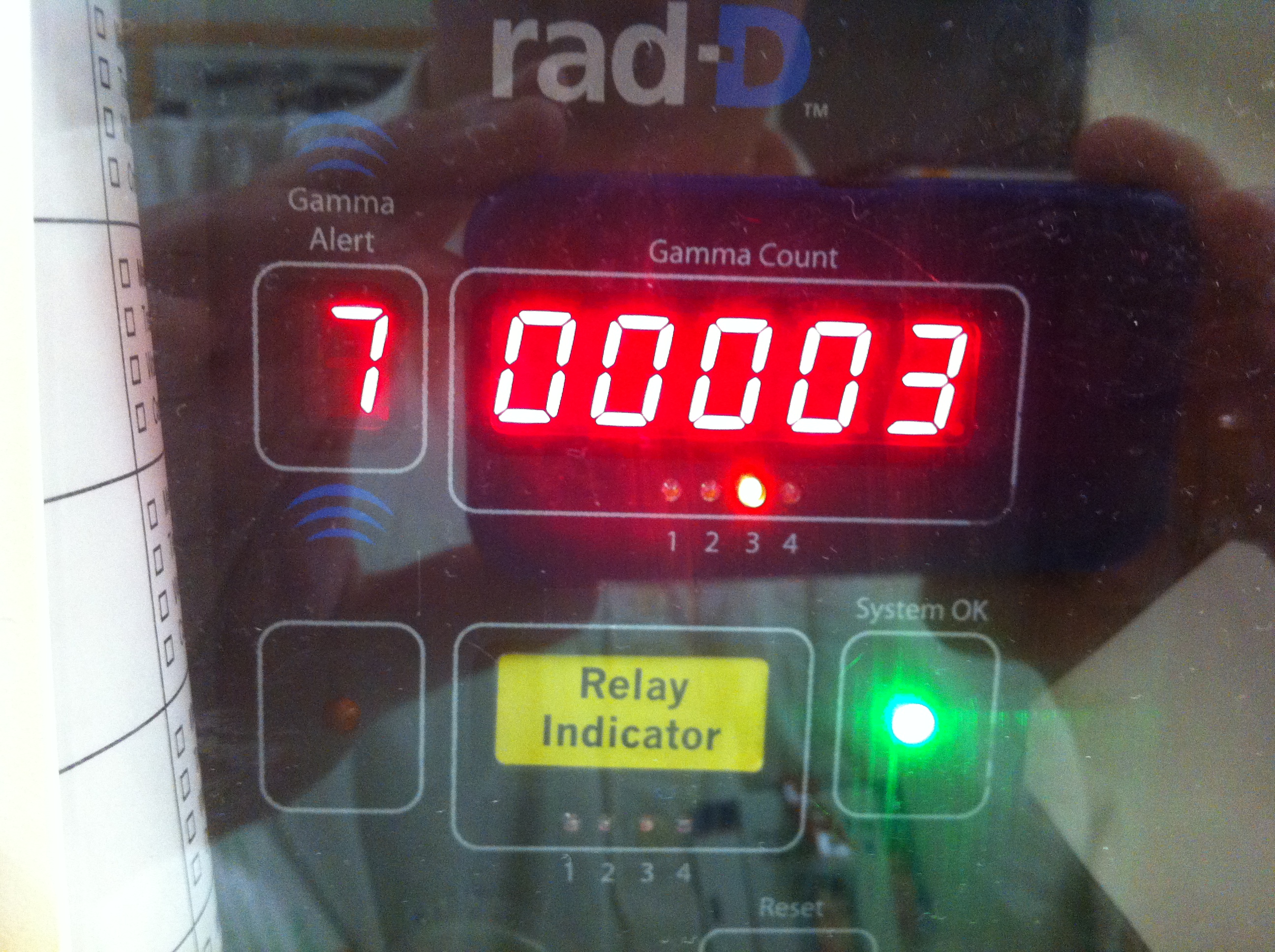
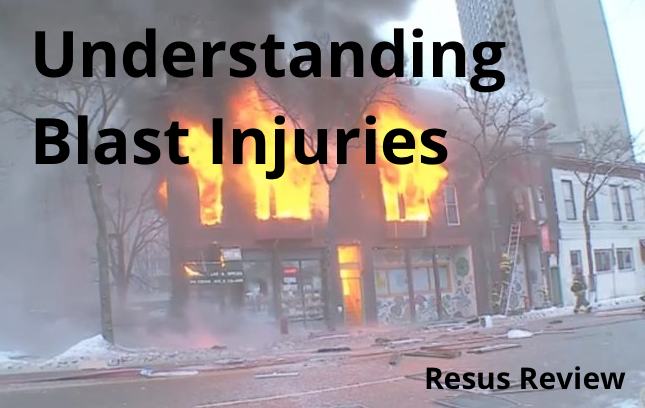
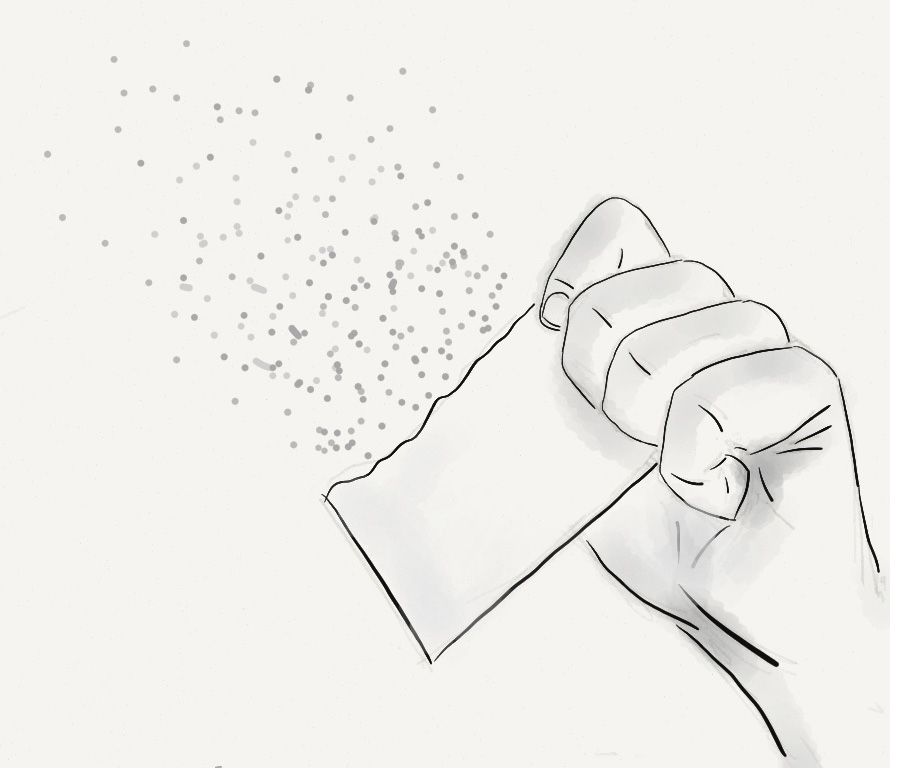
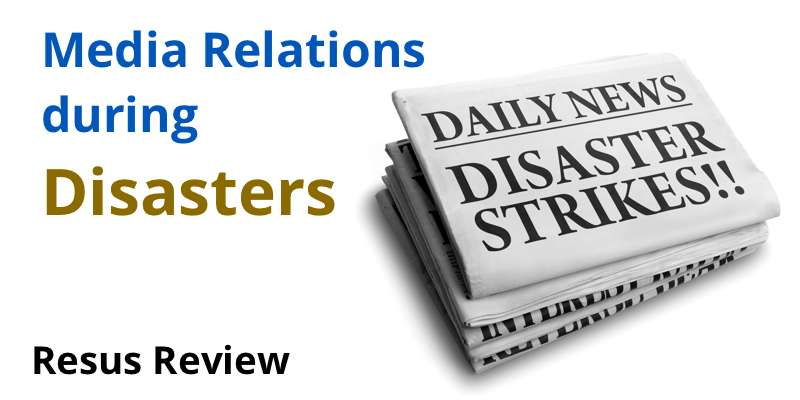
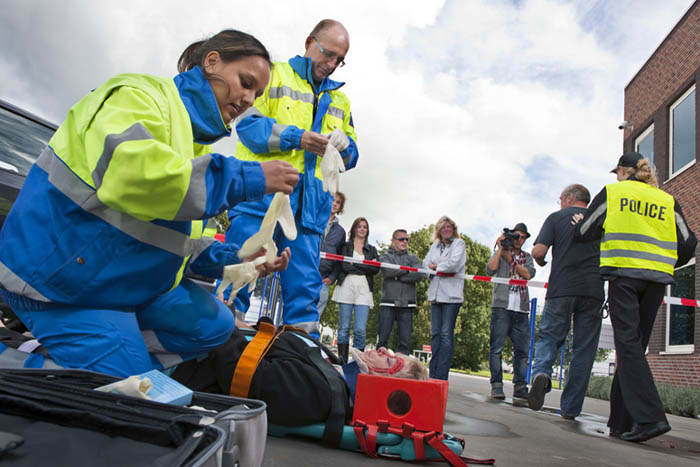
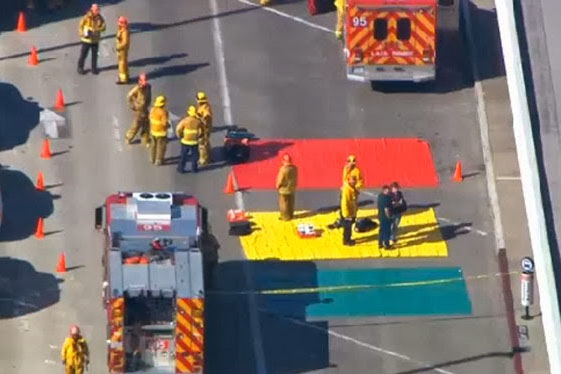
Contribute your thoughts.